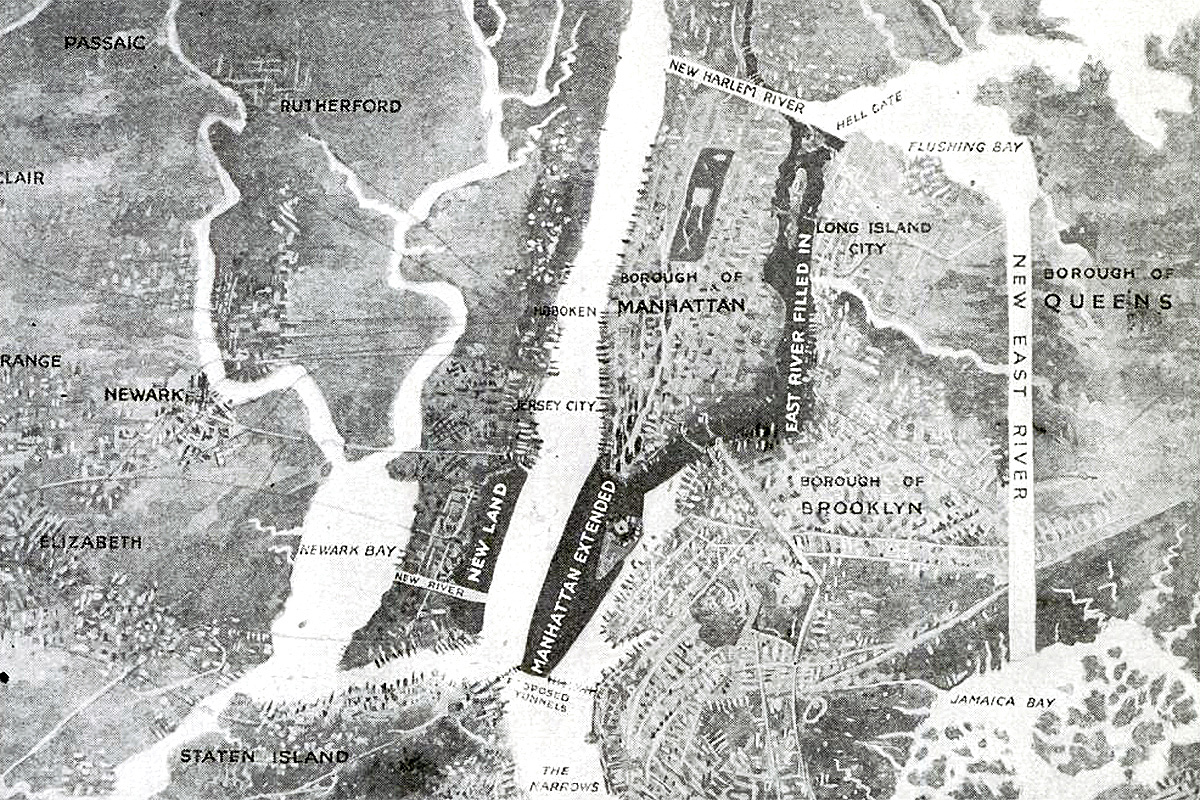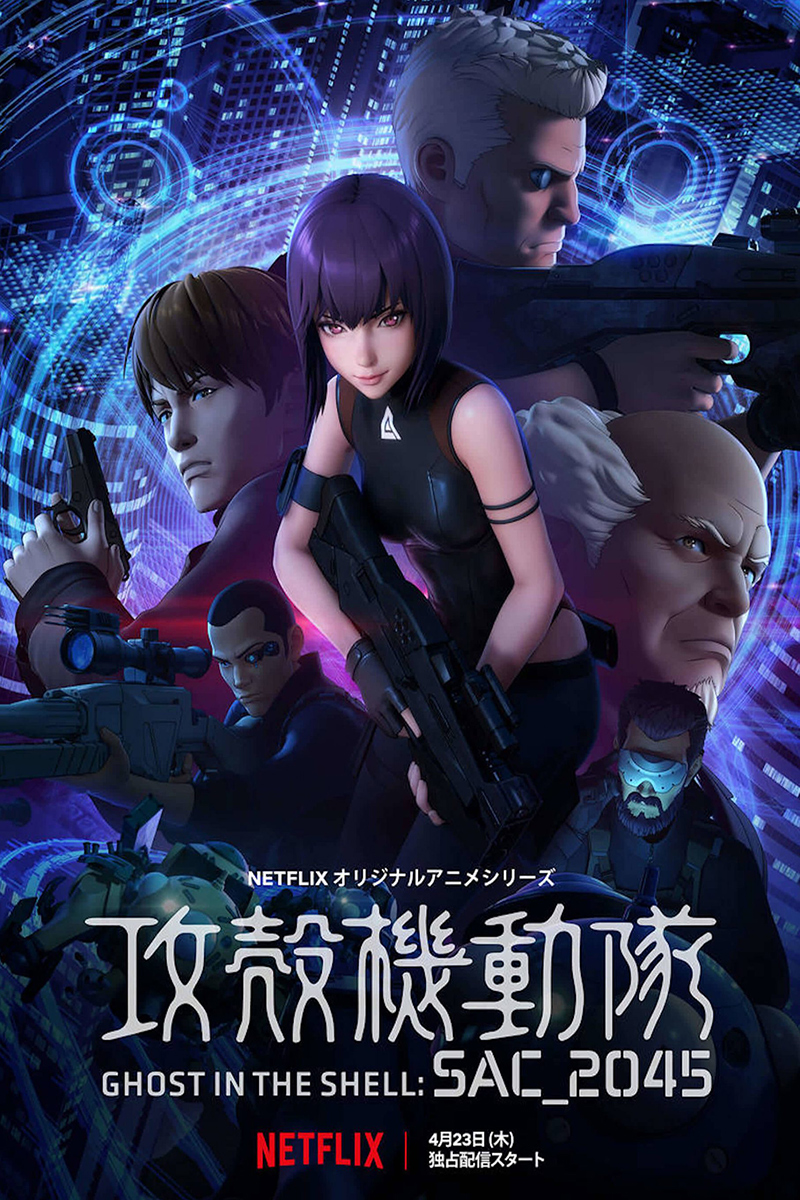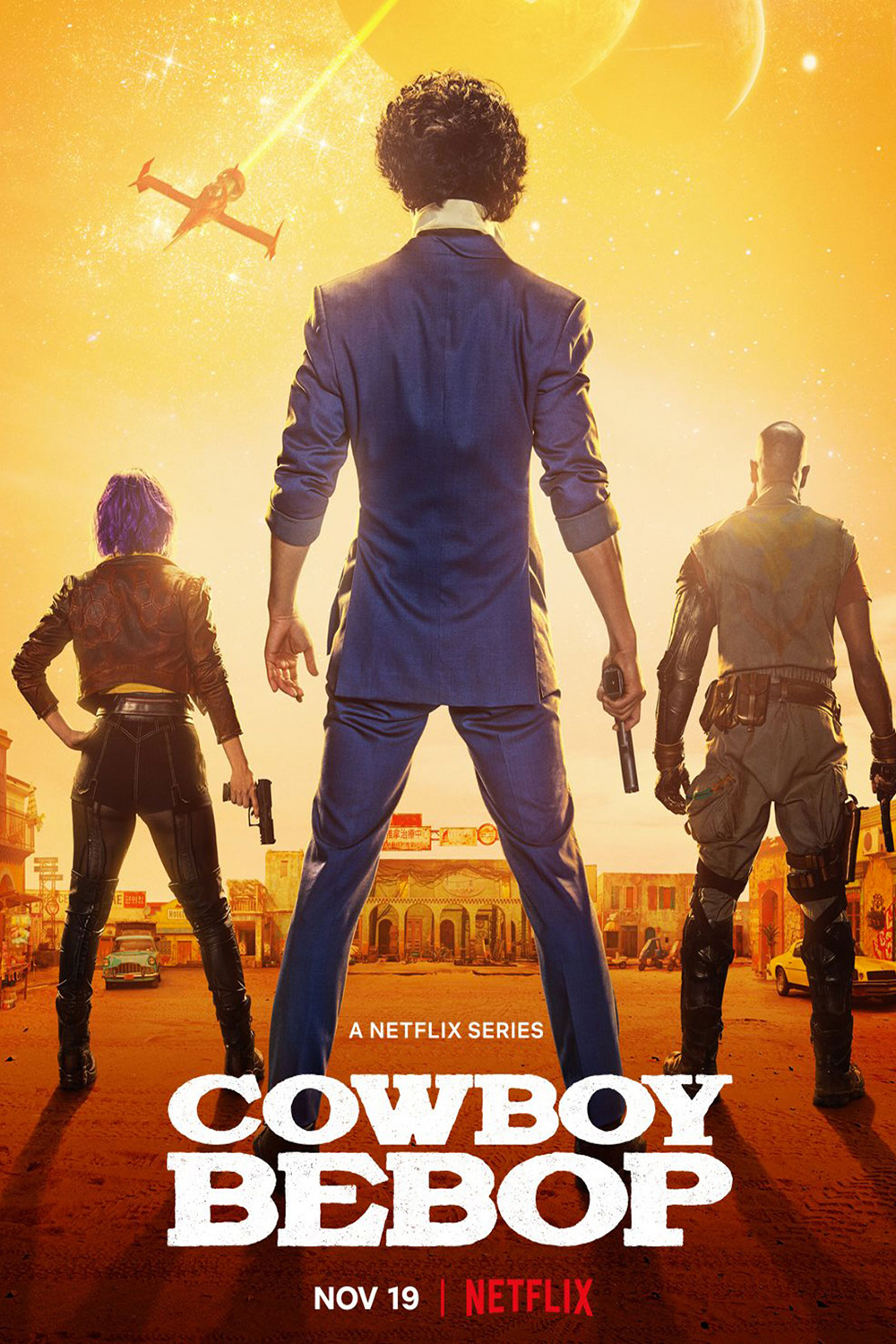Bong Joon-ho’s 2013 movie Snowpiercer, starring Chris Evans and Tilda Swington, didn’t exactly leave the door open for a sequel. Instead, courtesy of TNT, and streaming on Netflix internationally, we get a reboot with Daveed Diggs, of Hamilton fame, and Jennifer Connelly, who recently starred in the movie adaptation of Alita: Battle Angel (our review here), in the lead roles.
The series, which consists of ten episodes — a Season 2 is underway — follows the basic premise of the long-running French graphic novel Le Transperceneige, on which it and Bong’s movie are based: The world has become a frozen wasteland as a result of catastrophic climate change. Humanity survives aboard the 1,001 cars of Snowpiercer, a huge train built by the eccentric billionaire known as Wilford. (See Big Trains in the Snow.)
Life aboard Snowpiercer is divided by class. The wealthy, who paid for the train’s construction, dwell comfortably in First, where they have everything from saunas to sushi. The bulk of the train’s passengers are in Third: brakemen, farmers, janitors. They have tiny quarters, a limited variety of food, little medical care and no say in how the train is run.
It’s unclear exactly who are in Second. It appears to be support staff who interact most with First Class passengers, like doctors and restaurateurs.
Then there’s the un-class: the unticketed passengers of the “Tail”. Designed to carry luggage, the poor souls who managed to sneak aboard the train just before the world ended have converted the tail cars of Snowpiercer into their home. They have little food and water, no sanitary facilities and are brutally oppressed by Wilford’s cronies. Whenever “Tailies” speak out or rise up, jackboots march in to beat them up.
The story gets off to a slow start. It’s not until the final episodes of Season 1 that we get to the inevitable revolution. If you’re watching this Snowpiercer for the plot, you may be disappointed. If you’re watching it as allegory, it’s more interesting.
The rich lavishing in First Class on the earnings of a previous life are an obvious stand-in for today’s increasingly aristocratic upper class. Life for the vast majority in Third is uninspiring, but — not unlike poor whites in the American South of slavery and segregation, who could imagine themselves on a higher rung of the social ladder than blacks — at least they’re not in the Tail. The unticketed passengers of the Tail are not unlike our world’s undocumented migrants. Train manager Melanie Cavill (Connelly) is not unlike any autocrat, having convinced herself that she alone can save humanity. Après moi, le déluge. Andre Layton (Diggs) is not unlike any revolutionary. He must harness the anger of the oppressed without letting it turn into a blind anger; convince allies (Third Class) to risk the certainty of minimum comfort for the promise of equality and justice; and presumably at some point reconcile a defeated First Class with his vision of democracy.
My only lament is the excessive violence. In Bong’s movie, the camera would cut away at the last second whenever an axe met a head or limbs were frozen and smashed. This time we see everything, and it’s a little too much. Definitively don’t watch with kids.





